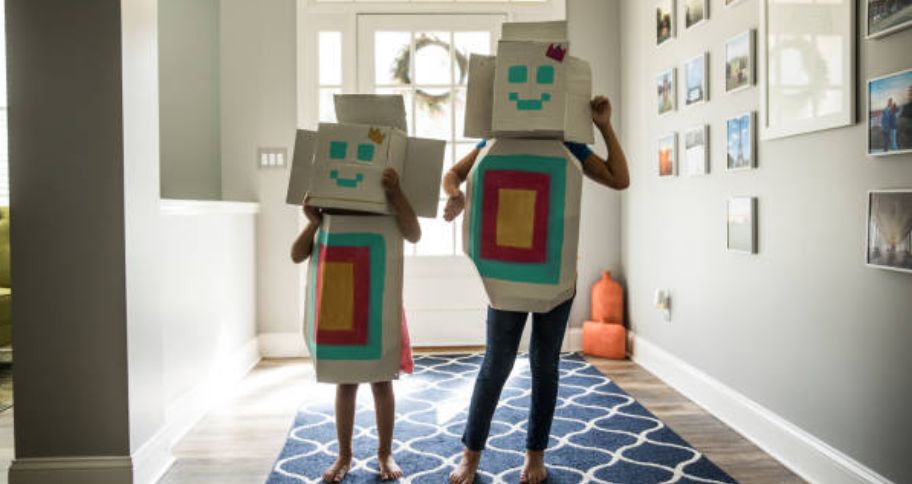10 Ways to Promote a Child's Creativity
orchidadmin |
Creativity |
2023-09-05 |
null mins read

Table of Contents
Introduction

Every parent wants their child to be creative. When a child is able to express themselves creatively, they are more likely to develop social skills and problem-solving abilities. They also have the opportunity for self-expression that might not otherwise exist. However, many parents don’t know how to help promote their child’s creativity at home or in school! This blog post will outline 7 ways you can do it!
Why Should Parents Focus on Their Child’s Creativity?

A child’s creativity has huge benefits in their mental and emotional development. When children are creative they can develop better interpersonal skills which will help them to navigate social situations more easily. A child’s creativity also encourages problem-solving skills that might be needed when the child encounters difficult life problems later on.
Also, creativity is important for kids because it helps them to develop their own personal identity which is more than just following the crowd. Creativity is important for a child’s sense of identity.
Creativity promotes emotional health and well-being. A child’s creativity allows them to understand things on their own level.
These kids are also known to be more confident and resilient in social settings. Creative thinking also helps children to understand math, science, language arts, and other subjects better.
Ways to Promote A Child’s Creativity

Here are the ways you can encourage your child’s creativity at home or in school:
- Talk to your child. Encourage them to tell you about their day or any of the creative things they do at home, school, and with friends. You can also ask questions like “Tell me more about what you learned in science today?” or “What is one creative thing that you did this week?”.
- Take time with whatever your child is doing or interested in. If they want to paint, then don’t just set them up with a painting and walk away! Sit next to your child as they create something or sit for an hour while they’re playing video games so you can have some quality time together.

- Keep trying new things for your child’s creativity. Introduce children to different types of art (painting, dancing, singing, sketching, etc). let them be aware of different cultures and explore their own creativity.
- Support your child’s passions. If they love to draw, then buy them a sketchbook or take them to the library for drawing supplies. If they like taking pictures, set up an area in the house with light where kids can do this activity unsupervised without worrying about damaging anything fragile.
- Limit the screen time. It’s not that video games are bad, but it’s true at the same time that they can be addictive and take a lot of time. So divide the time between the screen and non-screen work for your kids.
- Create an art jar or bucket with supplies for all sorts of projects – from crayons to glue sticks to paintbrushes. provide them with different types of tools available in the market so that they can experiment with them.
- Take your kids on a creative adventure by visiting museums, taking them out in nature (to explore), or some historical places where they can witness creativity and art with their own eyes.
.jpg)
- Encourage your child’s creativity by having conversations that will help spark new ideas. Talking always helps. Share what you are passionate about with them – this way they will know how important creativity is to you and seeing it in action will leave an impact.
- Create an obstacle course or a series of challenges, so they can practice problem-solving and acquire critical thinking skills in addition to being imaginative.
- Model your child’s creativity by showing your kids what you are working on – this could be anything from cooking a dish to decorating a room. Or, you create a family project that can be done together, such as baking cookies or setting up your own obstacle course.
Conclusion

We hope these 10 ideas have given you some inspiration to promote your child’s creativity. The key is knowing what type of creative outlet each child has and then finding ways to nurture it. Throughout the process, keep in mind that while there are many methods for promoting kids’ creativity, one size does not fit all. Every person or family will require a different approach tailored specifically for them as an individual. What other activities do you think would make this list? Let us know if we missed anything!

